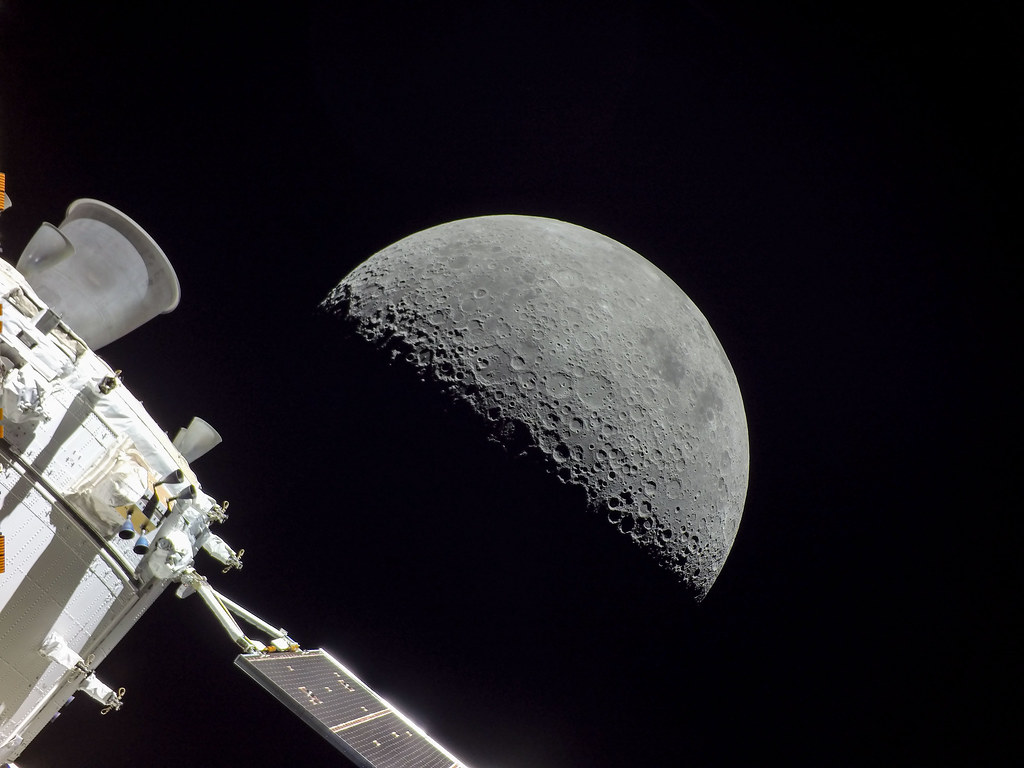Out of the multiple projects that NASA is currently developing, one of their most prominent projects is their development of the Artemis III mission. The mission, which has been under plan for decades, is planned to become the first crewed Moon landing on the Artemis program (and the first lunar landing since the landing of Apollo 17 in 1972), and it hopes to be the first human mission to land on the Lunar South Pole. It is also to be the first crewed flight of the Starship HLS lander, developed by Elon Musk’s well-known company SpaceX.
However, with such an ambitious goal to make humanity’s first lunar landing in more than half a century, the development is not as easy as it may sound on pen-and-paper. In the summer of 2023, NASA began to face drawbacks as they received news of the Starship lander facing delays in its development. Workers at NASA considered multiple possibilities regarding the delays, even leading them to even consider changing their mission to fly Artemis III without a crewed landing.
Amongst the challenges, many researchers and other companies noted that NASA’s current goal of launching the rocket by December 2025 is rather “unrealistic.” It is a high possibility that the Artemis III project from NASA may shift its goals, so that the rocket launches in either 2026 or 2027. In a report in November of 2023 by the U.S Government Accountability Office (commonly referred to as GAO), a monitoring group of federal spending that regularly reports NASA’s initiatives, the technical delays of SpaceX’s rocket was among the chief reasons to support their claim that the Artemis III’s launch date will likely be moved. Some of these limited advancements included its development on a propellant storage and other transfer capabilities.
In the report, the GAO pointed out that “it is unrealistic to expect the program to complete development more than a year faster than the average NASA major projects, the majority of which are not human spaceflight projects.” Furthermore, it described that “if development took as long as the average for NASA major projects, the Artemis III mission would likely occur in early 2027.”
As stated by the report, SpaceX also delayed eight out of the 13 key milestones, pushing each of the milestones back to be held between six to twelve months later. Two major events are now newly scheduled for 2025, the same year that the launching was originally planned to occur.
James Free, NASA’s associate administrator for exploration systems development, additionally explained his concerns in a meeting. “December 2025 is our current manifest date, but with the difficulties that SpaceX has had, I think that’s really, really concerning,” he described.
Given the current circumstances, there are a number of technical steps that SpaceX and NASA must collectively take in order to prevent their mission from being pushed further back, perhaps even past the year 2030. NASA, as well as those all around the world, all collectively hope that the ambitious mission can prove to be successful and mark a historical landing that will be remembered for decades.













































































































































